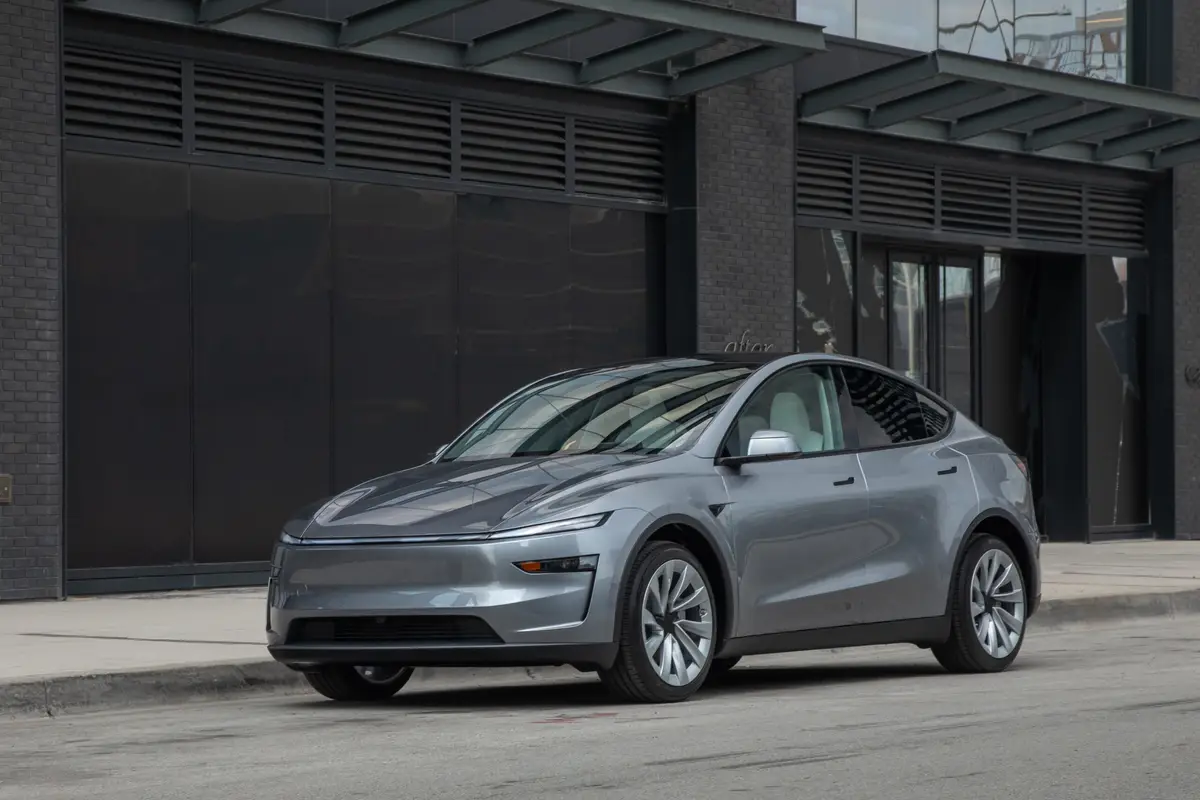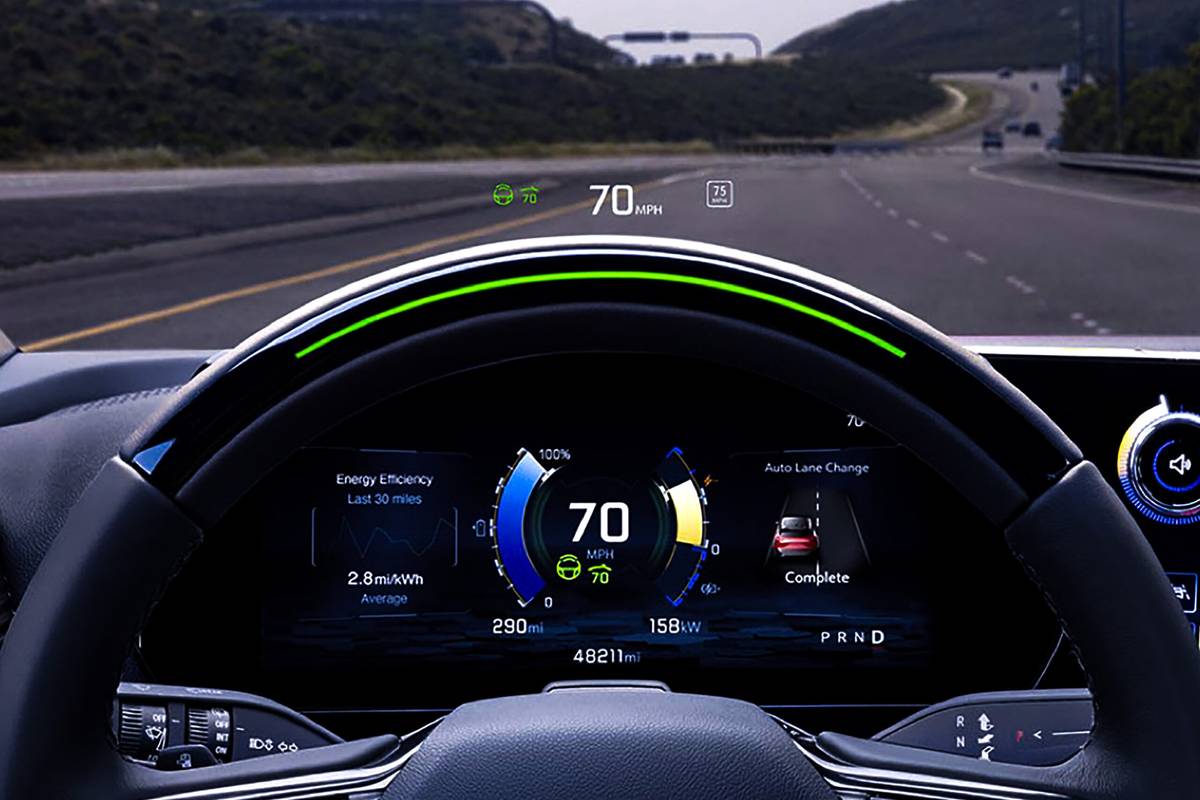2002 Chevrolet Suburban: What's New
Vehicle Overview
Though its not the biggest sport utility vehicle, the Suburban clearly warrants a king-size designation. Chevrolet has used the Suburban name for a utility wagon since 1935. Last redesigned for 2000, the super-size SUV is a close cousin to the GMC Yukon XL, which used to be called the GMC Suburban. Available with two-wheel or four-wheel drive, the Suburban is built on the full-size Silverado pickup truck platform, which is also used for the Chevrolet Tahoe and GMC Yukon SUVs.
The base model has been dropped for 2002, while the Suburban LS gains extra equipment that includes heated mirrors and assist steps. The popular Z71 Off-Road Package includes a firmer suspension, 17-inch tires, tubular side steps, GMs OnStar communication system, wheel flares, lower body moldings, and color-keyed mirrors, bumpers and grille.
Exterior
Chevrolet describes the Suburban as the right size able to fit inside average-size garages. Equipped with four side doors, the SUV measures 219.3 inches long overall, which is 7 inches shorter than the Ford Excursion. Buyers can choose between the standard aluminum liftgate or dual swing-out cargo doors at no additional charge.
Interior
The Suburban can accommodate as many as nine occupants on a trio of three-place bench seats. Optional seating arrangements include twin buckets for the front and middle rows. The middle and rear bench seats fold down and are removable, helped by built-in wheels on the rear seat.
With the middle and rear seats removed, cargo volume is 138.4 cubic feet, with an area large enough to carry a 4-by-8-foot plywood sheet. Cargo space behind the rear seat alone is 46 cubic feet.
Under the Hood
Three V-8 engines are available, which depends on the model. The standard engine in the light-duty Suburban 1500 is a 285-horsepower, 5.3-liter V-8. A 6.0-liter V-8 that produces 300 hp is standard in the 2500 series, and an 8.1-liter V-8 that makes 340 hp is optional. The Suburban comes with rear-drive or four-wheel drive, both of which team with a four-speed-automatic transmission. Autotrac on 4WD models engages automatically as needed, to maintain traction. With the 8.1-liter V-8, the Suburban can tow as much as 12,000 pounds. Antilock brakes and side-impact airbags are standard.
Driving Impressions
Clearly, not every SUV buyer needs the sort of passenger and cargo space for which the Suburban has been known for decades. For those who do, it can be a suitable choice. Anyone whos satisfied with a Chevrolet Tahoe is likely to be pleased with the Suburban, which is basically more of the same.
It is big, but once youre behind the wheel, the Suburban handles with reasonable ease and doesnt feel much like a behemoth. A trucklike drone is part of the experience, but its minor and noticeable only when accelerating. Acceleration is sufficiently swift, both from a standstill and for passing, though the automatic transmission can be a tad slow in reacting. Steering has a rather light feel, and the Suburban stays on course neatly. Sudden moves arent a good idea, and around-town maneuverability has limitations; but otherwise, the Suburban isnt particularly difficult to drive.
As expected, interior space is abundant, though leg and toe space in the second seat fall short of huge. The driver gets a commanding view of the road ahead. With the available cargo doors, the split back window can prove to be a distraction, but otherwise visibility is good.
| Reported by Jim Flammang for cars.com; From the cars.com 2002 Buying Guide; Posted on 4/15/02 |
Featured stories

Should Tesla Model Y Owners Get the New 2026?


2026 Nissan Leaf Review: Value Victory


